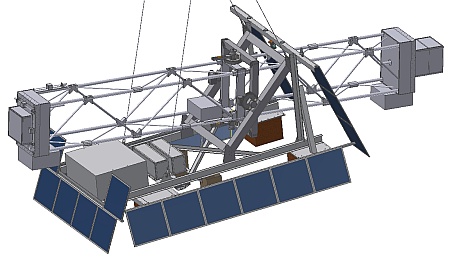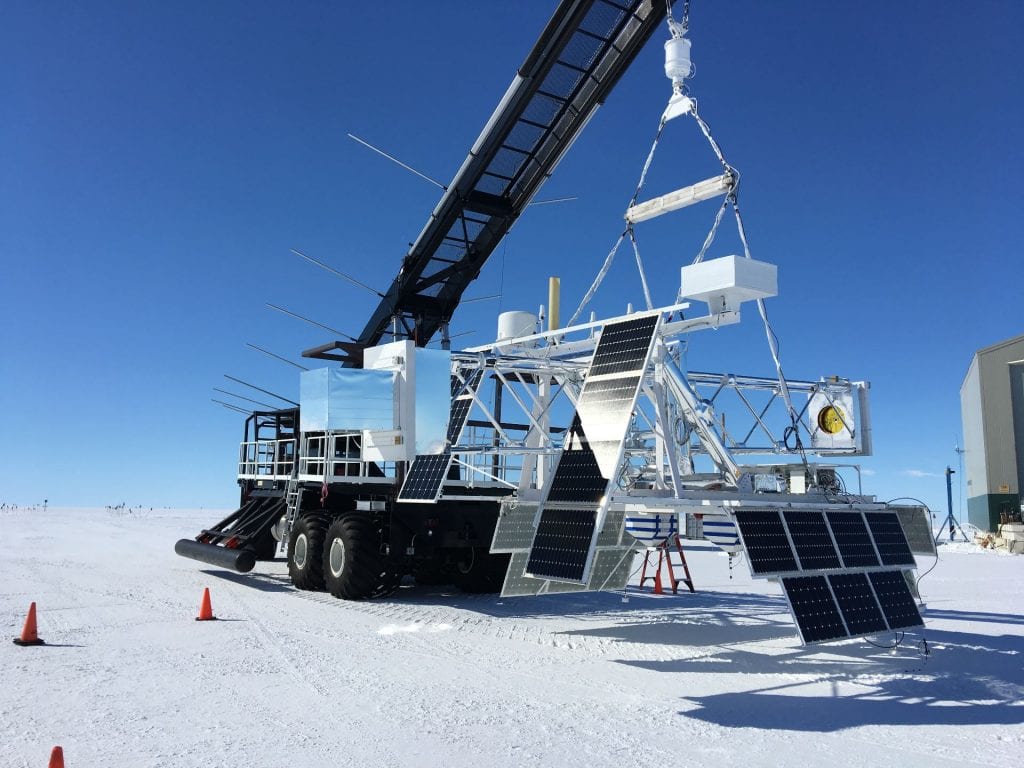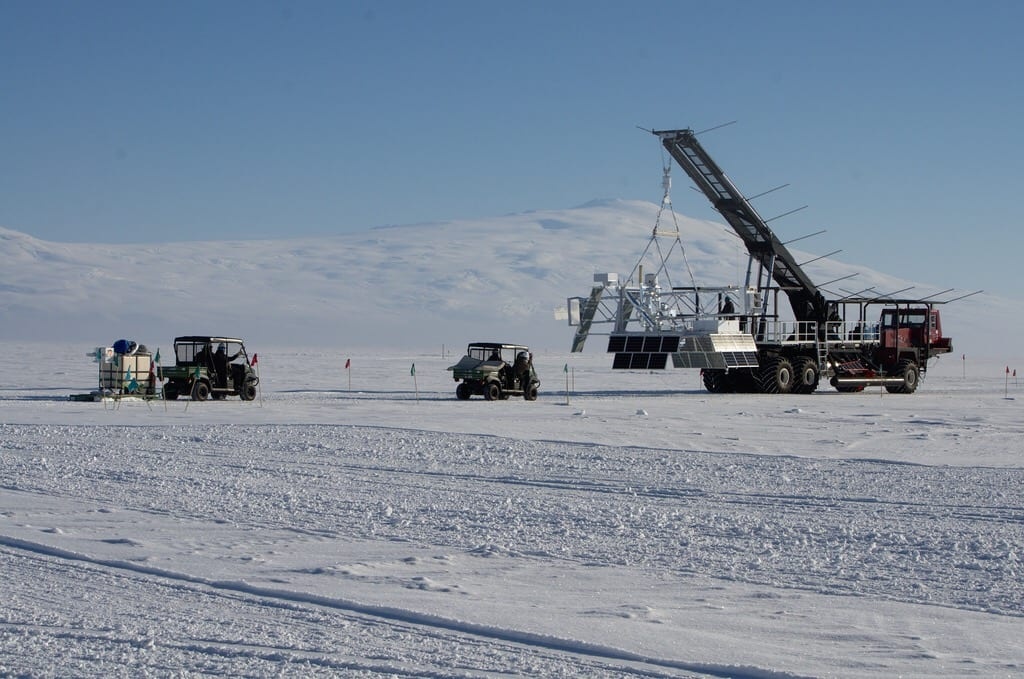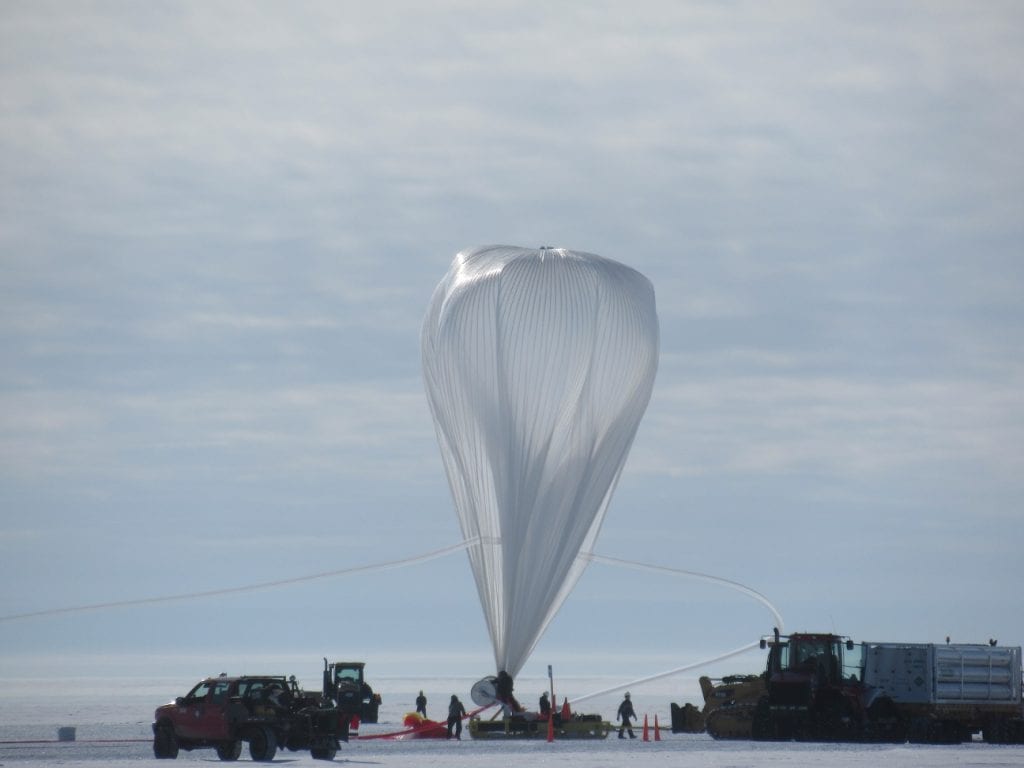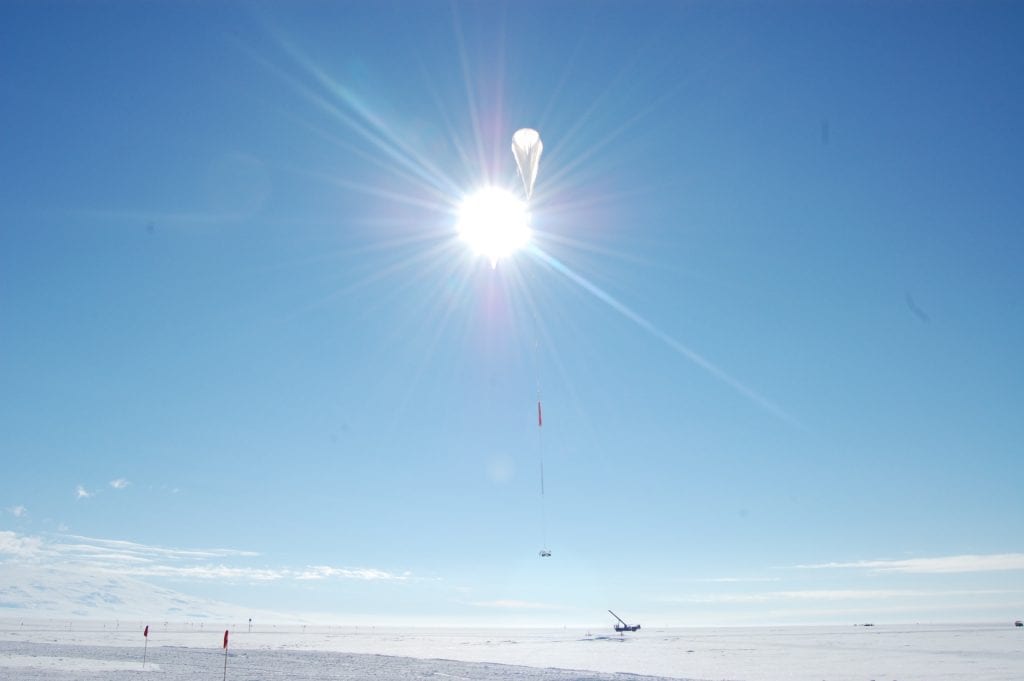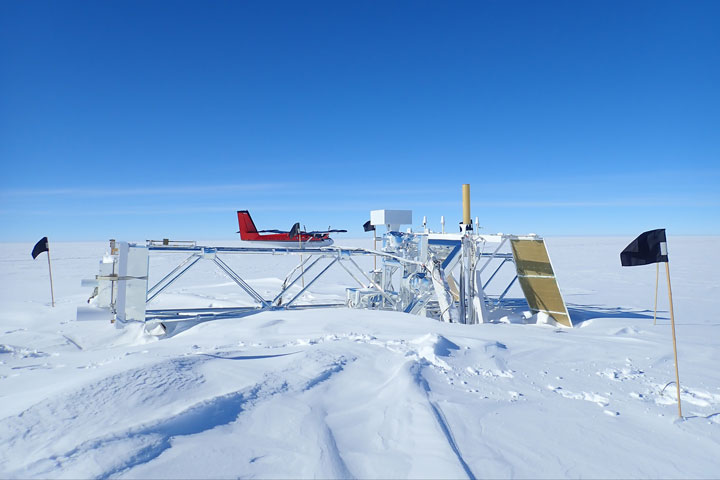Purpose of the flight and payload description
X-Calibur is a sensitive hard X-ray polarimeter built to be installed in the focal plane of a focussing hard X-ray telescope. X-Calibur measures polarization based on detecting the scattering angle of Compton scattered X-ray photons. The photons scatter preferentially into a direction perpendicular to the orientation of the electric field vector. The experiment uses a low-atomic-number (plastic) slab as scatterer and high-atomic-number solid state detector ("CZT" detectors) to absorb the scattered photons. It operates in the 20-80 keV range. The instrument combines a >80% detection efficiency, with a Full Width Half Maximum (FWHM) energy resolution of 5 keV, and a very low background level. X-Calibur is the only hard X-ray polarimeter which achieves a sensitivity close to the limiting sensitivity dictated by the physics of Compton interactions.
A Wolter grazing incidence mirror specialy developed for the InFOCµS project by the Nagoya University in Japan -composed of 255 aluminum shells coated with platinum and carbon layers- focuses the incoming X-rays onto the polarimeter. An 8 meter-long telescope structure holds the mirror and the polarimeter on either end. The truss structure consists of two halves that are connected to a set of gimbal frames which can be turned in pitch and yaw by the Wallops Arc-Second Pointer (WASP) system, a high-accuracy attitude control system for balloon-borne payloads developed at NASA's Wallops Flight Facility. The WASP system points an instrument using a gondola mounted pitch/yaw articulated gimbal. The range of motion of the yaw-gimbal is purposely minimized to reduce kinematic coupling during fine pointing. Thus, the gondola itself is suspended beneath a standard NASA Rotator to provide large angle azimuth targeting and coarse azimuth stabilization. The system includes a star tracker, which is co-aligned and cross-calibrated with the optical axis of the X-ray mirror.
A major addition for the long duration flight in Antarctica was a complete set of solar panels to power the science electronics, WASP, and onboard electronics on all four sides of X-Calibur.
Video footage of the launch
Details of the balloon flight
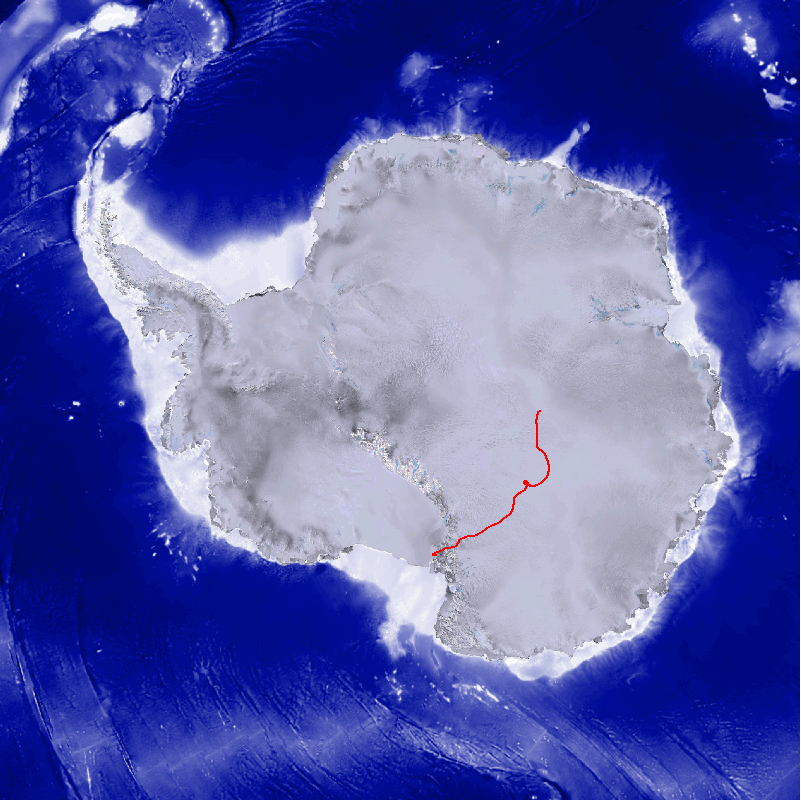
Balloon launched on: 12/30/2018 at 0:10 utc
Launch site: Williams Field, McMurdo Station, Antarctica
Balloon launched by: Columbia Scientific Balloon Facility (CSBF)
Balloon manufacturer/size/composition: Zero Pressure Balloon Raven Aerostar - W39.57 (39.500.000 cuft)
Flight identification number: 695N
End of flight (L for landing time, W for last contact, otherwise termination time): 1/2/2019 at 1:04 utc
Balloon flight duration (F: time at float only, otherwise total flight time in d:days / h:hours or m:minutes - ): 2 d
Landing site: At coordinates -79.2902º S 94.7048º E in the Antarctic Plateau.
The balloon of the X-Calibur mission was launched by dynamic method at 20:44 utc on December 29, 2018 from NASA's Long Duration Balloon Facility located at Williams Field airport near McMurdo Station in Antarctica. The mission progressed apparently well but soon the Columbia Scientific Balloon Facility staff realized that the balloon was lossing altitude slowly but steadily. After several hours they came to the conclusion that the balloon developed a leak and prepared for termination. The payload landed finally on January 2, 2019 at coordinates -79.2902º S 94.7048º E in the Antarctic Plateau.
No scientific data was obtained due to the balloon failure
External references
- X-Calibur Website Washington University in St. Louis
- Performance of the X-Calibur hard X-ray polarimetry mission during its 2018/19 long-duration balloon flight Astroparticle Physics, Volume 143, article id. 102749
If you consider this website interesting or useful, you can help me to keep it up and running with a small donation to cover the operational costs. Just the equivalent of the price of a cup of coffee helps a lot.

